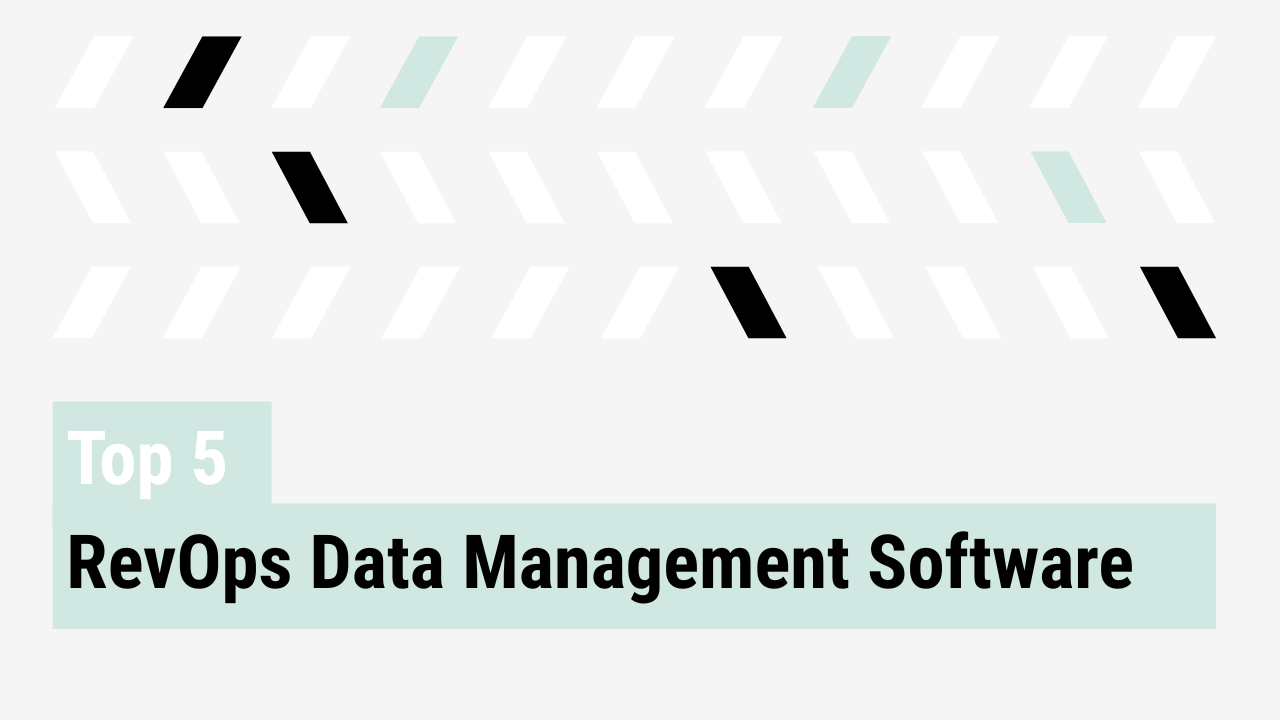When GTM data is scattered across your CRM, routing logic, and enrichment stack, pipeline flow suffers and most teams don’t notice until deals start slipping. Tech debt in go-to-market systems doesn’t show up on a dashboard, but it slows reps, blocks routing, and introduces hidden revenue risk.
If your CRM is bloated, enrichment feels brittle, or lead handoffs go dark, this post is for you. We’ll walk through how to identify where debt lives, how to clean it up, and how to keep your systems sharp as you scale.
What GTM tech debt actually looks like
Tech debt builds over time: inherited fields, automations added to fix one-off issues, routing logic that no longer reflects how your GTM motion works.
In your CRM, it looks like hundreds of custom fields, many unused. Workflows firing out of order. Reports with no owners.
“The red flags for me are always, how many flow error emails are you getting? Whether it’s error messages, people hitting validation rules that don’t apply… it’s a good indicator something was built for a business that no longer exists.”
— Adam Beebe, Sr Manager at Conversica
Enrichment logic often breaks without anyone noticing. Routing logic slows down when fallback rules multiply. And by the time someone flags it, pipeline is already leaking.
The hidden cost of pipeline friction
Tech debt weakens more than your systems. It slows pipeline and introduces real revenue risk.
One company lost over $15 million a year in missed pipeline due to brittle GTM logic and broken handoffs. These outcomes are common in scaling teams that don’t revisit early-stage systems.
You’ll see the effects in slower time-to-lead, missed SLAs, and lagging dashboards. You’ll feel them when RevOps is spending more time investigating errors than driving growth.
How to find the drag: a tactical audit checklist
Thankfully, you likely don’t need a full rebuild. However, you do need a starting point.
Here’s where to look:
- CRM: Unused fields, orphaned workflows, broken validation rules
- Routing: Lead assignment paths, fallback rules, lead-to-rep timing
- Enrichment: Match rate, data latency, failure handling
“Add a regular tech debt process to your roadmap. Maybe it’s a quarterly thing, maybe it’s annual. Set aside time to clean up fields and page layouts… You’ll feel good when you hit delete.”
— Adam Beebe
Use metadata analyzers, validation checkers, and observability tools to automate parts of the process. Keep a living inventory of issues, owners, and risks. Organize issues by system and type (CRM fields, enrichment rules, routing conditions) and assign ownership with clear resolution paths. Track recurring problems and their root causes to spot larger systemic issues.
Periodic reviews should include both automation testing and manual walkthroughs to confirm changes are working as intended. Document learnings so the same issues don’t recur later.
Clean and refactor without rebuilding
Avoid “we’ll fix it all later.” That approach creates more complexity. Instead, refactor in small, continuous cycles.
Start with what impacts users most. Adam Beebe recommends:
“You can always make an Eisenhower matrix to triage tech debt. Tackle what impacts users day-to-day first, things like messy page layouts or unnecessary fields.”
Quick wins:
- Archive fields that haven’t been updated in over a year
- Refactor routing rules that stack too many fallbacks
- Add alerting to enrichment failures
Work this into your sprint cadence. Small, consistent cleanup beats high-risk rebuilds.
Stay ahead with governance
Cleaning once isn’t enough. You need standards to keep systems healthy.
Set clear rules:
- Every field and workflow must have an owner
- Every change includes documentation and testing
- No new automation without review and rollback plans
Governance is what prevents future debt. It gives you a framework to scale without sacrificing clarity or control. Assigning ownership is how you hold teams accountable for the processes they create. Standardize naming conventions, establish version control, and build documentation into your deployment workflow. When automation rules or enrichment logic change, a clear change log and test protocol should follow. Quarterly system reviews should be cross-functional, involving both RevOps and key stakeholders from Sales, Marketing, and Customer Success. Proper governance requires discipline.
It shouldn’t exist if it doesn’t have an owner. It shouldn’t go live if it isn’t documented.
Final thought: start small
Tech debt is ongoing, but it’s manageable.
Pick one system: CRM, routing, or enrichment. Audit it. Identify the top three issues. Fix one. Document what you learn.
Your systems will run cleaner. Your pipeline will move faster. And your team will thank you for making their day easier.
Go one step further
If you enjoyed this blog post, hear more from our conversation with Adam Beebe on YouTube or Spotify.
Interested in learning how AccountAim can help you with your tech debt? Reach out here.



